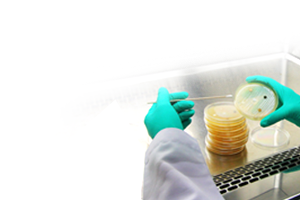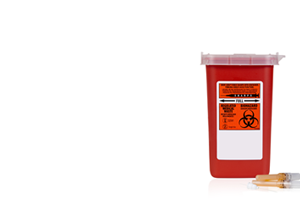BSS courses cover a variety of biosafety and biosecurity topics that address multiple regulations, standards, and guidelines. They are intended to complement the hands-on training and experience that those handling biohazards obtain from their principal investigators, laboratory managers, and fellow researchers.
These courses were written and peer-reviewed by experts.
Organizational Subscription Price: Available as part of an organizational subscription package or for $675 per year/per site as a subscription add-on for government and non-profit organizations; $750 per year/per site as a subscription add-on for for-profit organizations.


















